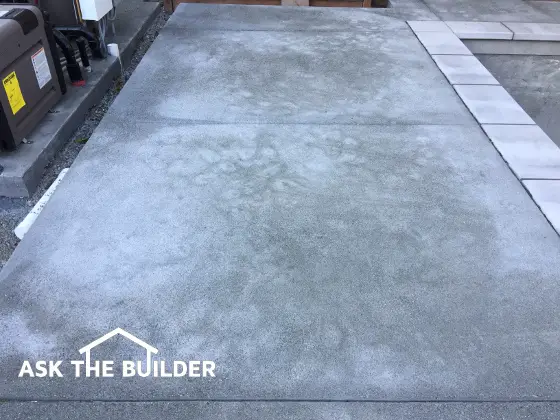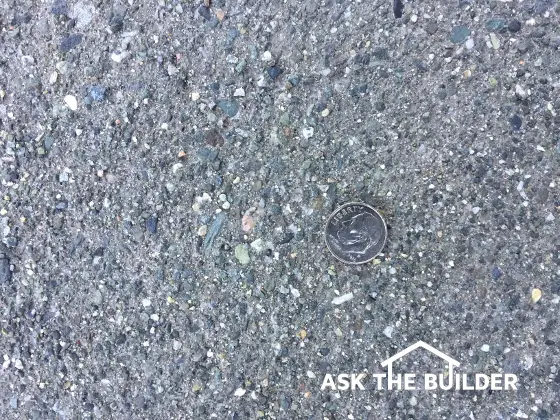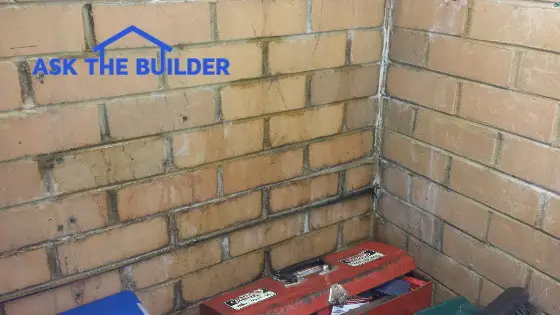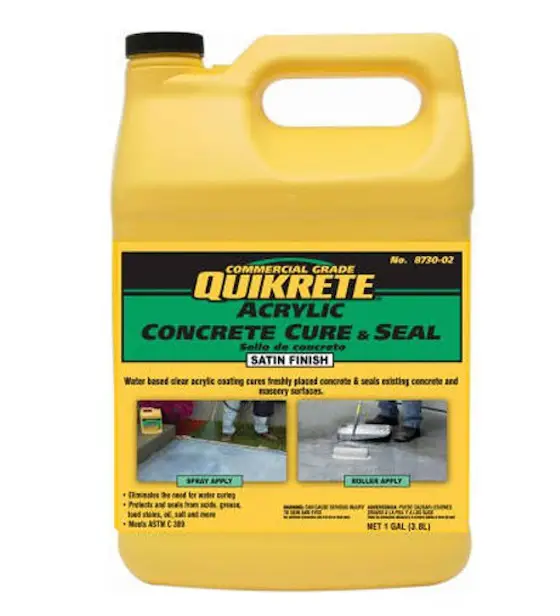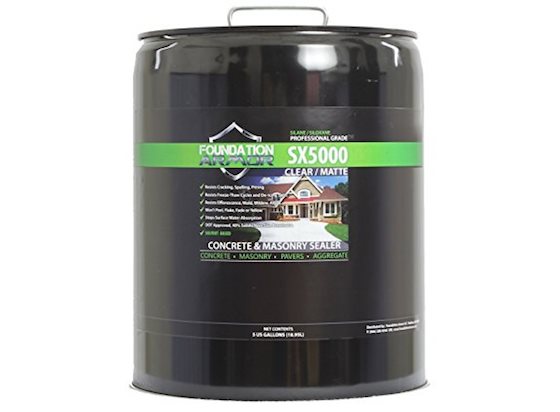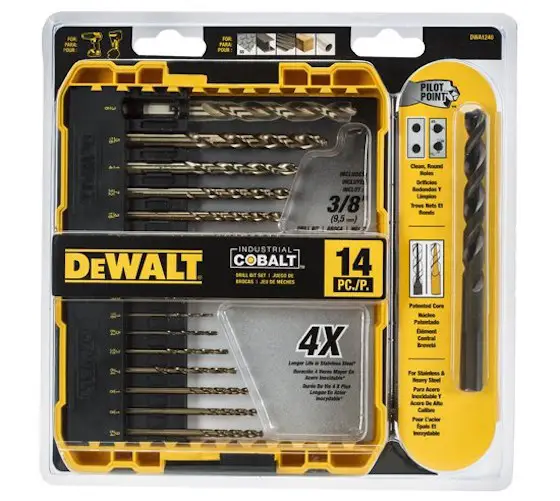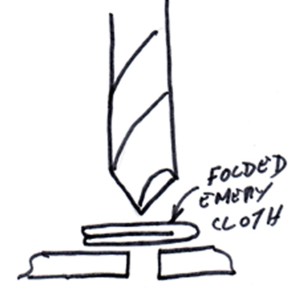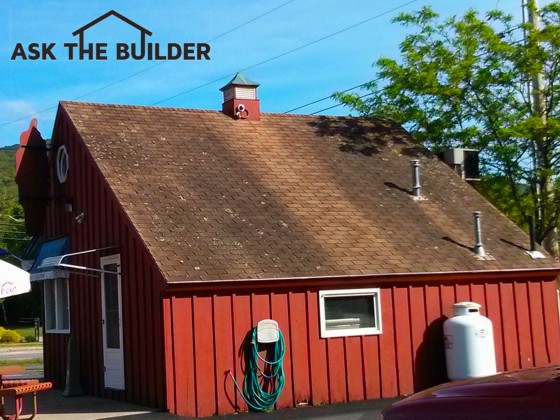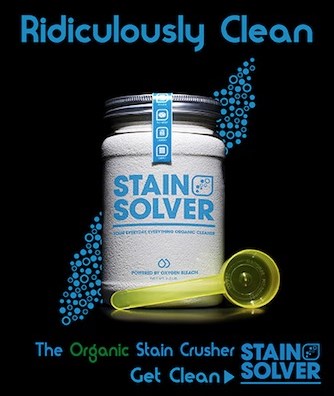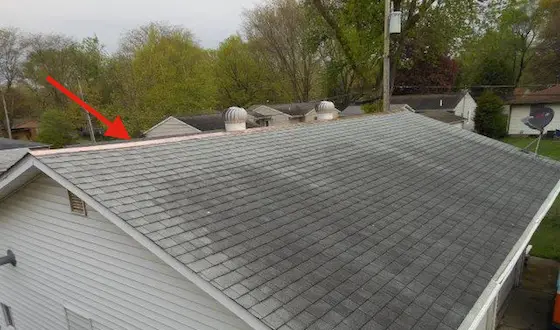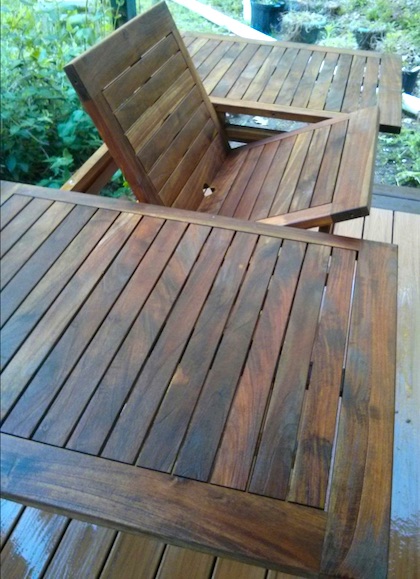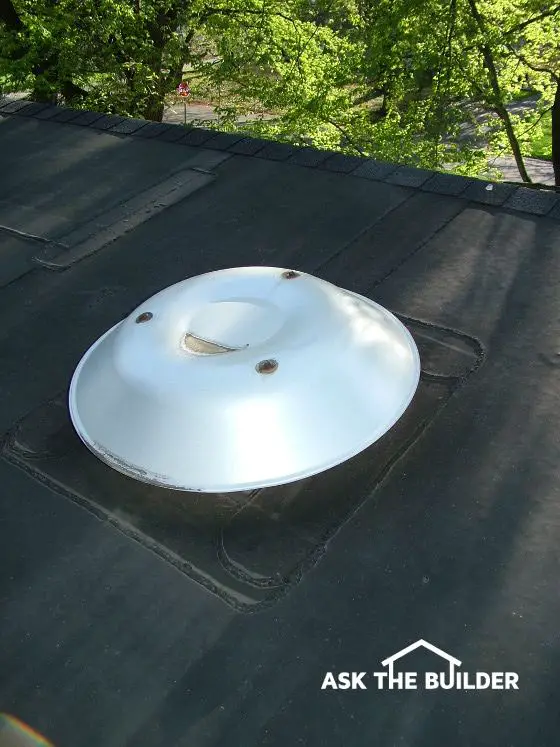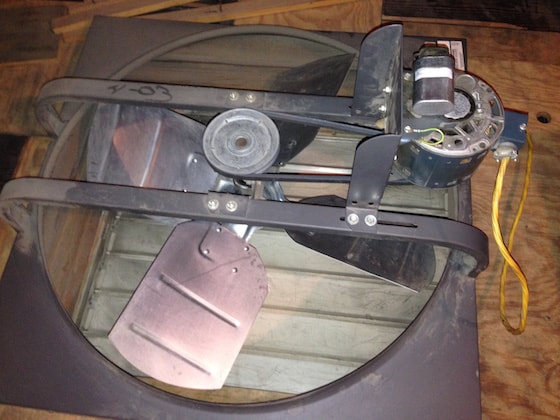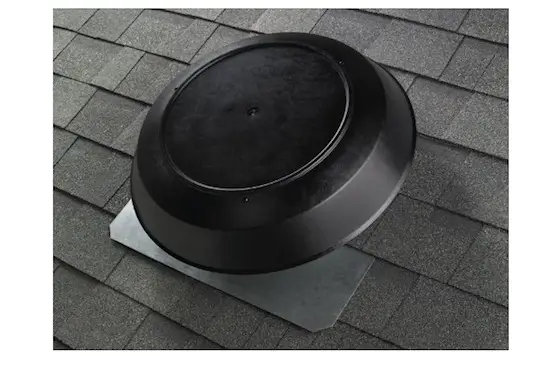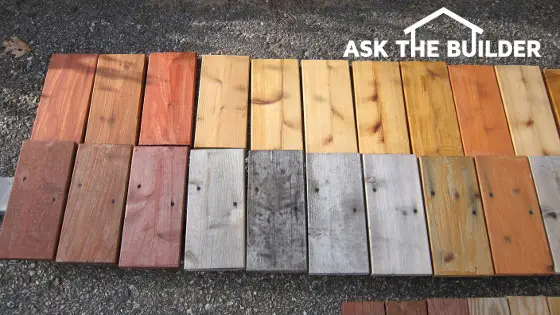Paying a Contractor in Advance
Yesterday I received an email from Marie who lives in Massachusetts.
She asked the following question:
"I have been getting quotes to clean and stain my decks. In the quotes, they have all been saying that they want money up front (1/3 or 1/2).
I don't like this idea. Is this the norm?
They are protecting themselves, but I'm not protected at all. They are companies from HomeAdvisor."
Marie Nailed It
Unfortunately, it appears it's becoming the norm, Marie. Your observation is spot on because as soon as you give up money in this situation, you're hoping the contractor is going to come back and start the job.
You hope for things you can't control like the weather, if you might get rescued from a deserted island, etc.
You can and should negotiate the CONTROL of your home and your money.
IMPORTANT TIP: Money is the only leverage you have. It's foolish for you to base your actions on hope.
Contractors Have Rights
The contractor you're thinking of hiring and material suppliers have strong and tough rights in most states. They can put a lien on a piece of property for nonpayment of a bill for work performed or material supplied. It's NOT HARD for a contractor to place this lien on your home. It costs very little.
If you sell your home before the lien expires the contractor or material supplier AUTOMATICALLY gets their money at the real estate closing. You can't stop this from happening.
On the other hand, if you forward money to a contractor and he fails to show up or he fails to perform as promised, you have to pursue expensive legal action.
You NEVER WILL GET BACK YOUR MONEY PLUS legal fees. The law in all states puts you at a horrible disadvantage if you have to sue a contractor.
Keeping possession of your money until the promised work is complete is the only protection you really have.
Ask These Questions
When a contractor asks for a deposit in a situation where no special order materials are required for the job, you can short circuit his request by asking these blunt questions.
Don't hesitate to ask them and do it in a calm and collected manner. There's no need for confrontation. I feel these will make sense and they're fair questions to ask:
Mr. Contractor, do you pay your subcontractors in advance for work they do?
Mr. Contractor, can you tell me if you pay your employees in advance?
Mr. Contractor, do you have a charge account at local supply houses where you'll buy the materials for the job?
Mr. Contractor, do these supply houses require you to pay for my materials in advance or will you have to pay the bill in a month or so?
Mr. Contractor, when you get your truck worked on, do you pay the repair shop owner in advance? If "Yes" is your answer, what's the name of that business?
Mr. Contractor, since you don't have to pay anything in advance for my job, why are you requiring me to pay in advance?
Trust Is A Two-Way Street
A bold contractor may actually answer the last question saying to you, "I don't trust you. I don't trust that you'll pay me once the job is done."
Your immediate reply is: "Trust is a two-way street. You're asking me to trust you and your workers with my most expensive asset. If you goof up the job or don't produce the promised results, I'll be able to hire someone else who can and not be out anything but time. The money you're supposed to get will go to them."
Pros Have Little Fear
A true professional is only worried about a deposit in situations where the materials for the job are custom and non-returnable. It's reasonable for you to forward a deposit in these cases. If you want complete protection, then pay the money directly to the material supplier or buy the materials yourself and have them on site before the contractor arrives.
A professional contractor knows he'll deliver the quality you deserve. He knows you'll pay them. The professional has no fear. He's got plenty of money in his business account. He just wants you to pay him as soon as you two agree.
The Compromise
Remember, everything is negotiable. You can negotiate a fair payment plan to quash the trust barrier both you and the contractor are feeling.
Break the job into small parts and pay that part at the end of the day when the work is done to your satisfaction.
Prewrite out the checks to the contractor in his presence and show them to him. Put them in an envelope and say, "When you get each of the parts of the job done, I'll hand each check to you, even if it's at noon."
You can compromise and you need to show good faith that you have every intention of paying. Writing out the check(s) in advance is a good way to do this.
How To Hire A Pro and Pay Them Videos
Watch these four videos to see how to completely protect yourself, your home and your money. Video #3 is very important.
Trust begets trust.
